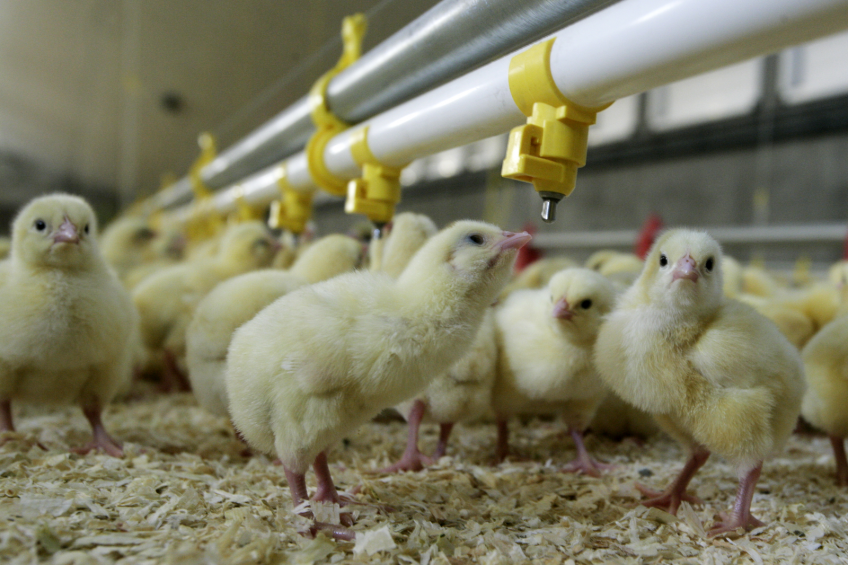Sanitised waterlines for healthy next flock

An evaluation of poultry farm water supplies was conducted to determine if a difference in microbial build up existed for waterlines from commercial broiler houses which sanitize or do not sanitize the water systems.
Swab samples from waterlines were taken from each of these four types of barns from four different farms: (1) clean lines Between Flocks (BF) and Sanitize Water when Birds are Present (SWBP); (2) clean lines BF but do not SWBP; (3) do not clean lines BF but SWBP; and (4) do not clean lines BF and do not SWBP.
All swab samples placed in 25 mL of sterile BPD were plated for aerobic plate count (apc) and for yeast and mold counts using 3M Petrifilm.
From four commercial type 1 barns in a farm, eight pre-flush and eight post-flush swab samples (two lines randomly selected out of eight lines/barn) were pulled using standard swabbing techniques between flocks.
A second set of eight samples was taken (two from each of the same four barns but different lines) with birds present at 43 d of age. This sampling procedure was repeated for three consecutive flocks for the same barns. Microbial results were analysed. The between flocks apc for post flush were significantly lower than pre flush counts for all three flocks for all barns. Day 43 apc counts were significantly higher as compared with initial post-flush counts for all three flocks for all barns signifying build-up of biofilms regardless of water treatment.
General comparisons for microbial results with type 1 barns to other barn types were made for the samples taken while birds were present (day 43 samples) and found to be not significantly different, except for type 4 which was significantly higher.
This evaluation indicates that in spite of line cleaning between flocks and water sanitation with birds present, biofilms can still develop over a six week period. These results suggest that line cleaning be done between flocks to minimise microbial shedding in water systems for the next flock of chicks.
Source: P. Maharjan, T. Clark, M. Scantling and S. Watkins, University of Arkansas, Fayetteville, AR, USA
Abstracts of the 102nd Annual Poultry Science Association Meeting, July 2013, San Diego, California, USA












